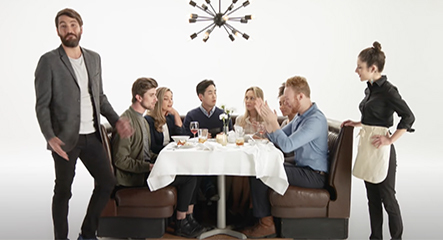Every California video production agency will have a wide range of camera lenses. Lenses play an important role in video production. Lenses shape the way you see things through the viewfinder. You can embrace your lenses to achieve a high-quality video.
The focal length
The focal length is the primary feature of a lens. The focal length is the distance between the image sensor of the camera and the optical center of the lens when focused at infinity. We need to define the word optical center in order to understand the definition of the focal length. The optical center of the lens is the point within a lens at which the light rays from different sources entering the camera lens are believed to cross. Shorter focal length camera lenses provide you with a wider field of view but they offer less magnification.
On the other hand, longer focal lengths provide a shorter field of view with greater magnification. The interchangeable focal length of a lens on a DSLR is measured in millimeters. You will find the focal length of a lens on the barrel along with the adapter ring size.
The lens ratio
When you look at the front end of the barrel of your lens, you will see a ratio number. This is the maximum aperture of your lens. The aperture of the lens determines how much light the lens can transmit to the image sensor. High-quality zoom lenses will deliver a constant f-stop while on the lower quality camera lenses, the f-stop varies as you travel up the focal range. You will lose at least one stop of light when you zoom up the lens focal length from a wider angle to telephoto. During video productions, videographers use lens ratios depending on their project.
Lenses with a lower f-number are better-quality lenses and will allow you to do more with the lens. Such lenses are brighter and allow you to take photos even in low ambient light conditions and still register a quality exposure. These bright lenses will enable you to achieve shallow depths of the field. It is important to note that any lens that has f/2.8 or lower is considered to be a professional lens. It will come with a higher price tag.
Normal/standard lens
The standard or normal lens has a fixed focal length and reproduces fair footage accurately – what human eyes can see in terms of angle of view and perspective. If you have a 35mm film camera or if you have a full-frame DSLR, the standard lens is 50mm.
At higher focal lengths, you have an ideal lens for portraiture because when the lens is coupled with a wide aperture, they soften any background details hence making it less likely to distract from the subject.
Telephoto lens
These lenses can provide you with a narrow field of view. Any California video productions agency should have a few of these lenses to enable them to compress the distance and pick up specific objects from a distance.




